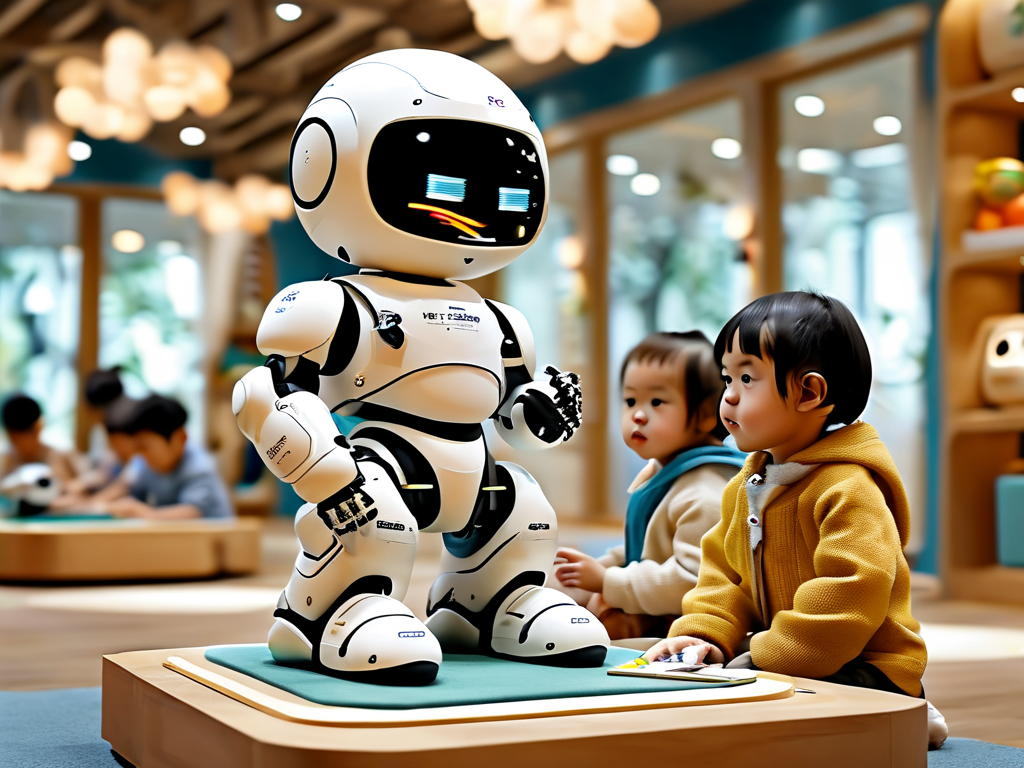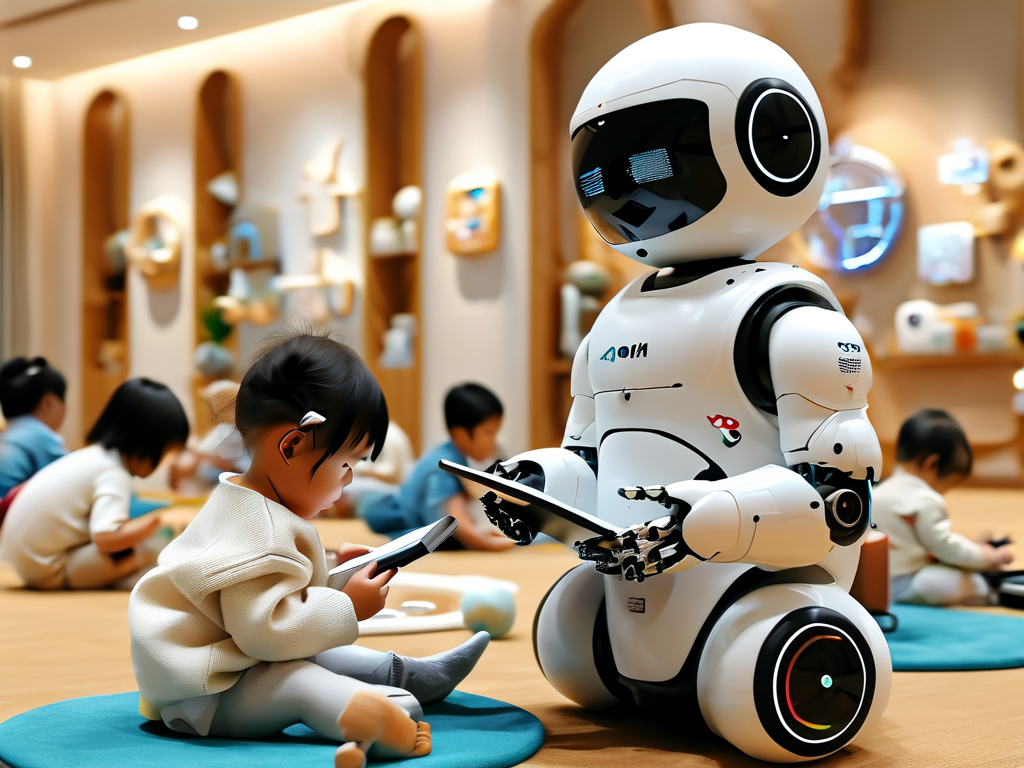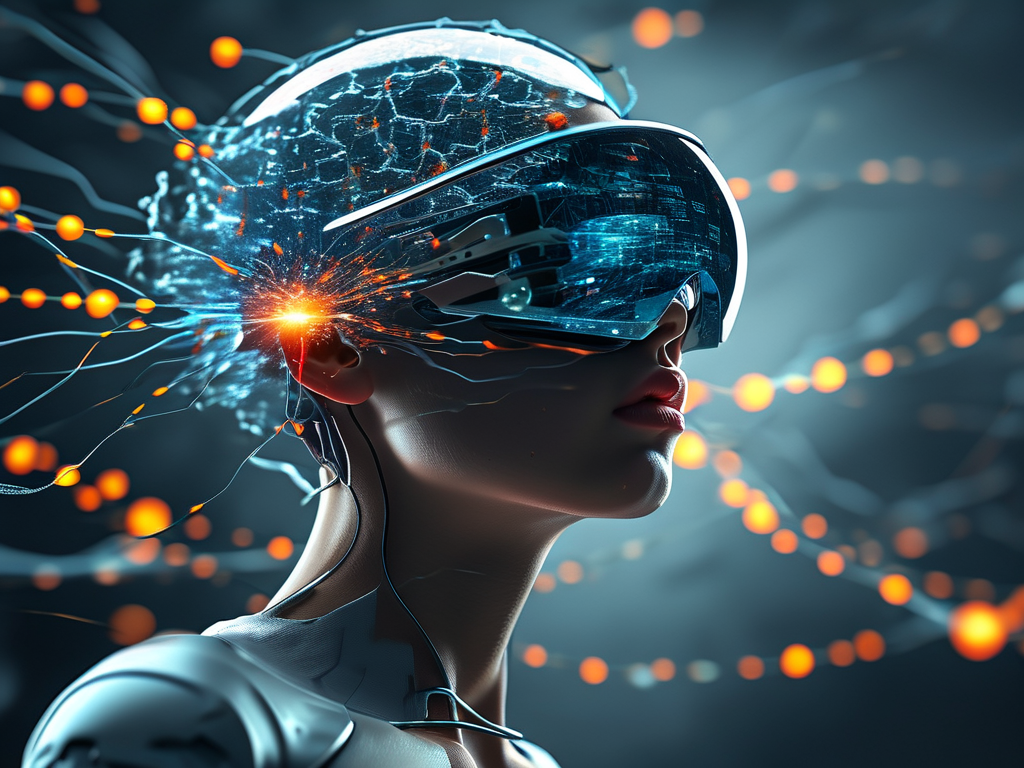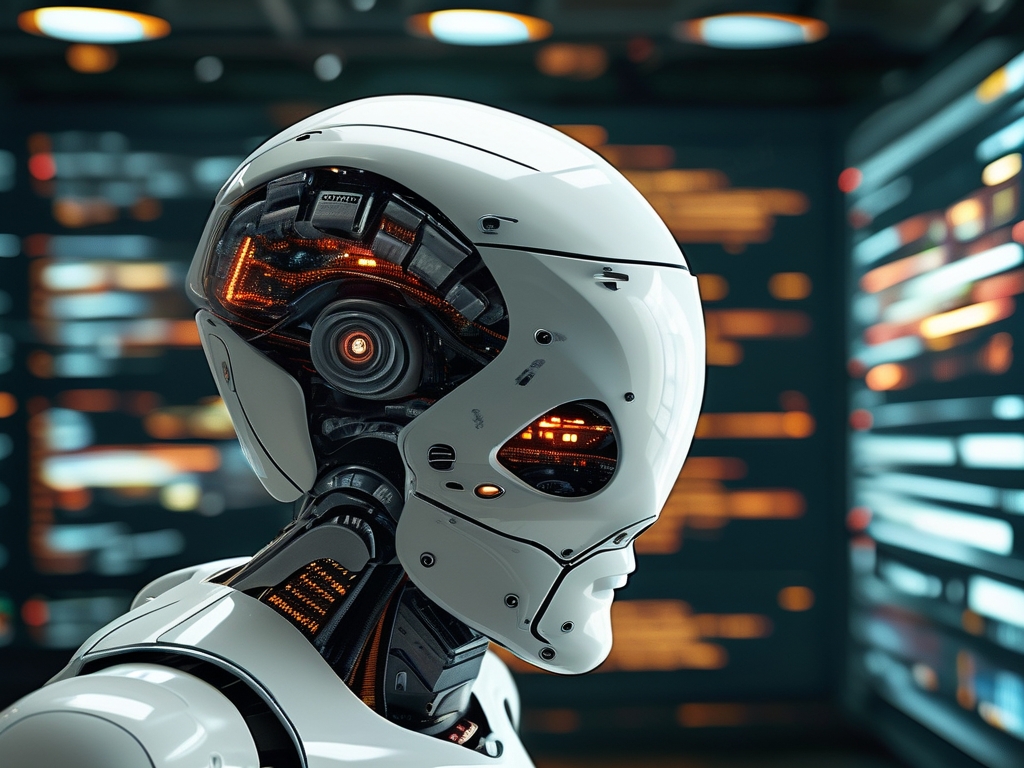The integration of robotics into early childhood education has revolutionized how children learn and interact with technology. Training robots for this purpose requires a multidisciplinary approach, combining expertise in artificial intelligence (AI), developmental psychology, and pedagogy. This article explores actionable strategies for equipping robots with the skills to support early learning while addressing ethical and practical considerations.
Understanding the Role of Robots in Early Education
Early education robots are designed to engage children aged 0–6 through interactive activities, fostering cognitive, social, and motor skills. Unlike traditional tools, these robots adapt to individual learning paces, providing personalized feedback. However, their effectiveness hinges on how well they are trained to recognize and respond to young learners’ unique needs.
Key Components of Robot Training
-
Data-Driven Learning Models
Training begins with curating diverse datasets that reflect children’s speech patterns, emotional expressions, and behavioral cues. For instance, speech recognition algorithms must account for mispronunciations and fragmented sentences common in early language development. Open-source frameworks like TensorFlow or PyTorch enable developers to build custom models that process this data efficiently.
# Example: Loading a dataset for emotion detection import pandas as pd dataset = pd.read_csv('child_emotions.csv') -
Interactive Scenario Design
Robots must navigate unpredictable environments. Simulating real-world scenarios—such as a child abruptly changing tasks or expressing frustration—helps refine decision-making algorithms. Reinforcement learning techniques allow robots to “learn” from these interactions, improving their ability to guide activities like puzzle-solving or storytelling. -
Ethical Alignment and Safety
Ensuring robots adhere to child safety standards is non-negotiable. Training protocols should include safeguards against data misuse and biases. For example, facial recognition systems must be trained on ethnically diverse datasets to avoid skewed responses. Additionally, robots should be programmed to encourage creativity rather than rigid adherence to predefined answers.
Case Study: Adaptive Learning in Practice
A 2023 pilot study in Singapore tested robots trained using hybrid AI models. These robots adjusted lesson difficulty based on a child’s engagement level, measured via eye-tracking and vocal tone analysis. Over six months, participants showed a 22% improvement in problem-solving skills compared to control groups. This underscores the importance of adaptive feedback mechanisms in training.
Challenges and Future Directions
Despite progress, challenges persist. Limited access to high-quality training data and the high cost of robotics hardware remain barriers. Advances in generative AI, however, offer solutions. Synthetic data generation can mimic rare scenarios (e.g., a child with a speech disorder), reducing reliance on hard-to-source real-world data.

Moreover, collaboration between educators and engineers is critical. Cross-disciplinary teams can ensure robots align with pedagogical goals—for instance, incorporating Montessori principles into robot-guided activities.
Training robots for early education demands a balance of technical precision and human-centric design. By prioritizing adaptive learning, ethical practices, and interdisciplinary collaboration, developers can create tools that genuinely enhance early childhood development. As technology evolves, so too will the potential for robots to become compassionate, effective partners in education.







